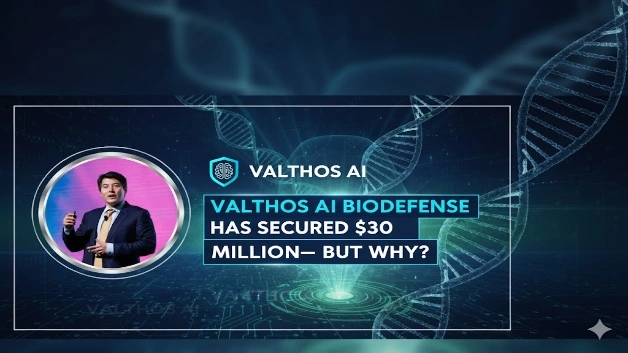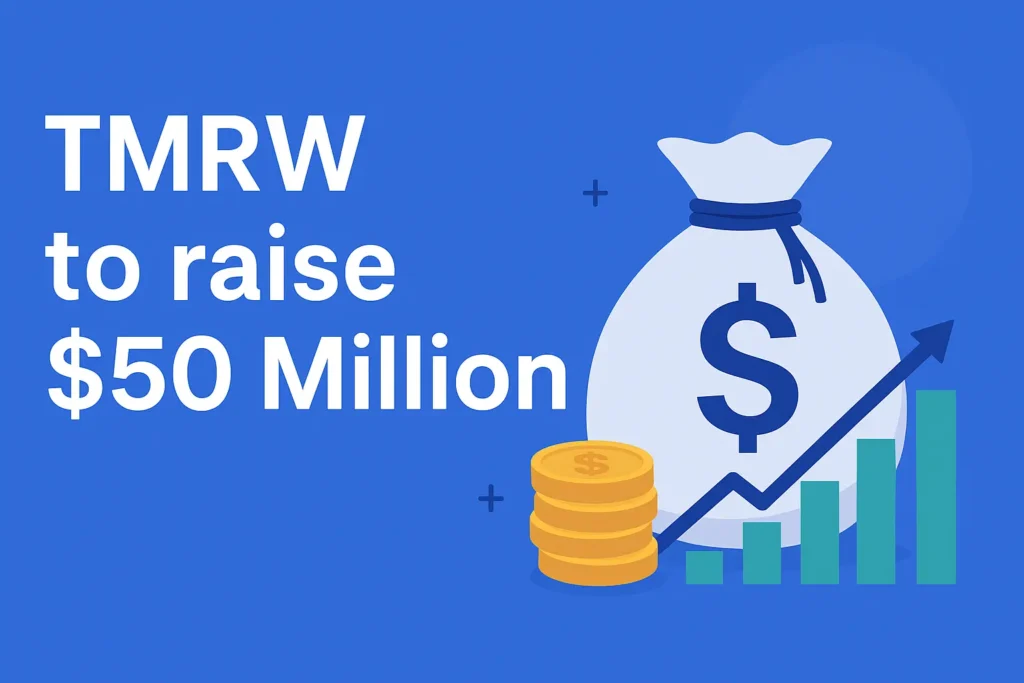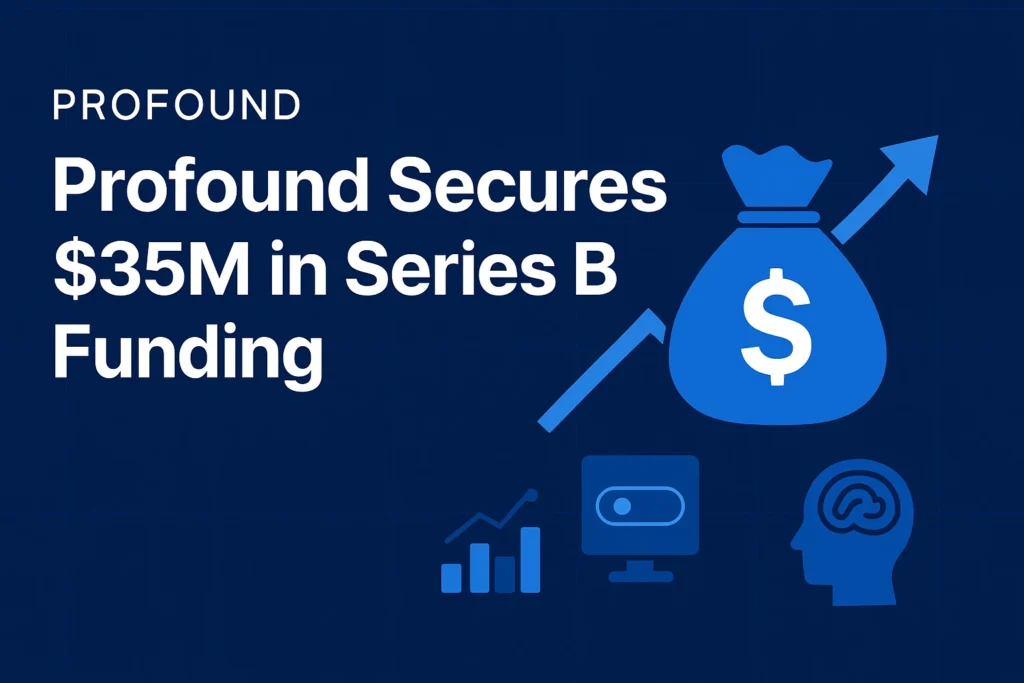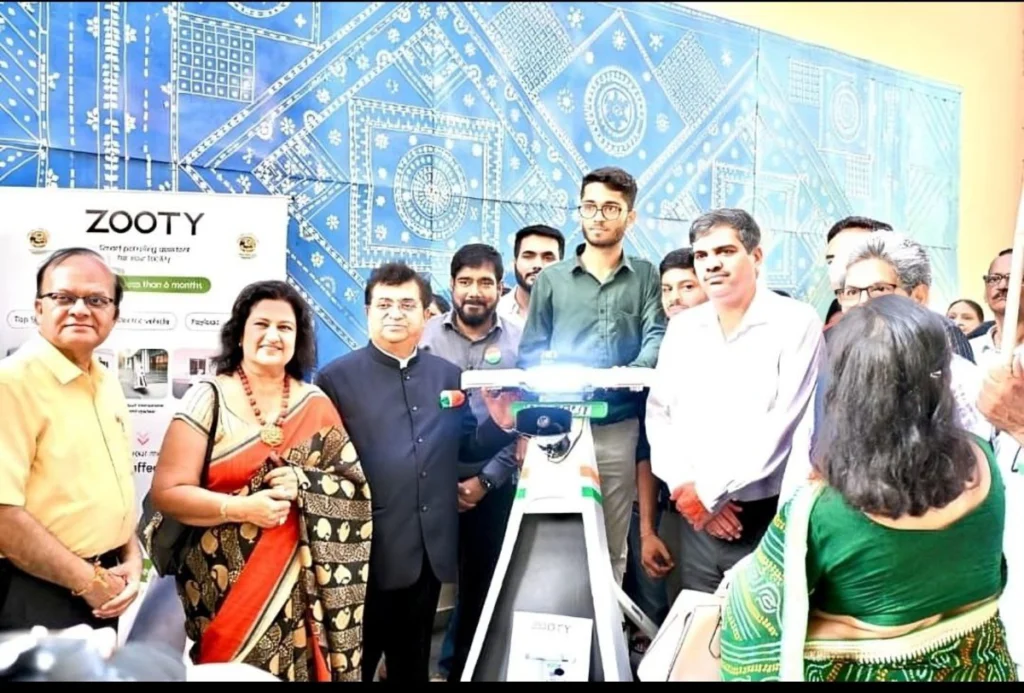The global biodefense sector witnessed a watershed moment as Valthos, the New York-based AI-powered biosecurity platform, secured $30 million in seed funding led by OpenAI Startup Fund, with strategic participation from Lux Capital and Founders Fund. But beyond the prestigious investor lineup marking OpenAI’s first biosecurity investment, this funding round raises a crucial question: why is seed capital flowing into AI-driven biological threat detection when traditional vaccines and stockpiling strategies have defined biodefense for decades, and the dual-use nature of biotechnology poses unprecedented risks?
The $1.81 Billion Security Gap Nobody Can Solve Fast Enough
The answer lies in understanding what’s happening beneath the surface of biological threat evolution. Despite the global biodefense market valued at $890 million in 2025 projecting explosive growth to $1.81 billion by 2030—representing 15.1% compound annual growth—the sector faces a critical speed gap. Traditional defense measures rely on vaccines, detection networks, and drug stockpiles, yet synthetic biology now enables creating or modifying organisms faster than developing countermeasures, with AI leaders identifying this as one of the largest threats of our time.
Valthos operates an AI platform unique in biodefense: real-time biological threat detection and medical countermeasure updating without requiring new hardware infrastructure. Founded in November 2024 by CEO Kathleen McMahon (former Head of Life Science at Palantir Technologies), CTO Tess van Stekelenburg (computational neuroscience researcher from Oxford), and AI engineer Victor Mao (Google DeepMind), the nine-person team combines operational software expertise with frontier machine learning capabilities.
Why OpenAI Chose Biosecurity Over Pure AI Safety
Valthos’ funding trajectory provides context for OpenAI’s strategic expansion beyond language model development into existential risk mitigation. When AI systems make powerful biotechnologies universally accessible—enabling both groundbreaking cures and catastrophic weapons—the dual-use dilemma becomes operational rather than theoretical. Jason Kwon, OpenAI’s Chief Strategy Officer, noted this represents the company’s first biosecurity investment, with more potentially following: “Technology is moving fast. One of the best ways to keep up is with more technology, more research, more startups and more entrepreneurship.”
The funding structure reflects institutional recognition that biodefense requires software-first approaches. While defense technology attracts billions for autonomous drones and advanced nuclear systems, biotech funding hit decade lows despite well-funded AI research raising stakes dramatically. Lux Capital Partner Grace Isford emphasized strategic positioning: “Thrilled to unveil [Lux Capital] incubation [Valthos]—they’re building next-generation biodefense powered by AI.” This incubation model signals conviction that biosecurity platforms require patient capital and deep technical collaboration rather than conventional venture timelines.
The Technology Stack Behind Biosecurity’s Future
The funding accelerates deployment of what McMahon calls “the tech stack for biodefense”—computational biology and software engineering applying frontier AI to identify biological threats and update medical countermeasures in real-time. The timing coincides with regulatory urgency following RAND Corporation warnings that governments remain unprepared for AI-driven crises moving faster than bureaucratic response capabilities.
Valthos differentiates through architectural decisions prioritizing speed over comprehensive analysis. Unlike traditional biosurveillance requiring weeks identifying novel pathogens, AI-powered platforms analyze biological data continuously, flagging anomalies as they emerge. Researchers increasingly use similar approaches for disease forecasting—the Delphi-2M model predicts over 1,000 conditions up to 20 years in advance using UK Biobank data, demonstrating how AI shifts medicine from reaction to prevention. In biodefense, this means detecting outbreaks before widespread transmission rather than confirming cases after hospital admissions spike.
Why This Matters For National Security Infrastructure
Valthos’ $30 million raise positions the company within broader 2025 biodefense dynamics where AI-driven surveillance demonstrates measurable advantages over hardware-dependent detection networks:
Response Speed Transformation: Traditional biodefense operates on vaccine development timelines measured in months or years. Valthos claims technology could shrink identification-to-response intervals from months to hours—critical when synthetic biology enables rapid pathogen modification. McKinsey research indicates AI-powered platforms reduce detection lag by 70%+ versus manual epidemiological surveillance.
Market Maturation Accelerating: The broader biodefense market growing at 15.1% CAGR through 2030 reflects geopolitical tensions, bioterrorism concerns, and pandemic preparedness investments. AI technologies segment projects highest CAGR within biodefense due to contributions toward real-time pathogen monitoring, outbreak forecasting, and automated threat coordination across borders.
Dual-Use Risk Mitigation: OpenAI implements its own biosecurity measures including “safety-focused reasoning monitors” on advanced models like o3 and o4-mini, detecting prompts related to dangerous biological materials and preventing harmful instruction generation. Internal red-teaming exercises with biology experts and government agencies test safeguards against adversarial scenarios. Supporting external biosecurity infrastructure through Valthos represents recognition that AI labs alone cannot secure biological knowledge—defensive ecosystems require distributed capabilities.
The Answer: Preventive Infrastructure for Programmable Biology Era
So why $30 million for Valthos? Because the company combines elements seed investors value: elite founding team from Palantir, DeepMind, Broad Institute, and Arc Institute bringing operational software and frontier AI expertise, technology platform addressing speed asymmetry where weaponization outpaces cure development, and strategic timing where “life itself has become programmable” yet existing biodefense mechanisms struggle matching synthetic biology’s pace.
The investment validates that biological threat detection winners emerge through AI-first architectures rather than traditional vaccine stockpiling approaches. With biodefense market projected reaching $1.81 billion by 2030 and AI technologies segment demonstrating highest growth rates, Valthos positions itself as the computational intelligence layer for proactive biosecurity—analogous to how cybersecurity platforms evolved from reactive antivirus to predictive threat intelligence.
I’m Araib Khan, an author at Startups Union, where I share insights on entrepreneurship, innovation, and business growth. This role helps me enhance my credibility, connect with professionals, and contribute to impactful ideas within the global startup ecosystem.




